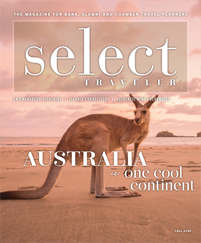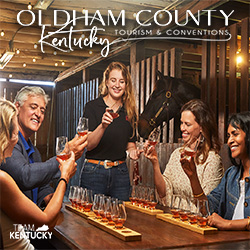Sailing into Budapest was a crescendo of sorts. We entered the city about 8:30 a.m. when morning sun was illuminating its magnificent Parliament Building on the Pest side of the Danube. On the opposite shore, Buda Castle towered above us. Passengers on the Amadeus Elegant streamed to the top deck to take photos, point out landmarks and embrace the defining moment of this cruise.
Our group, 110 or so in all, was traveling with Mayflower Tours, a Chicago-based tour company that charters entire river vessels on European rivers like the Danube, the Rhine and the Douro. Recently, Mayflower introduced rivers that are more exotic, such as the Irrawaddy in Myanmar, the Amazon in Brazil and the Ganges in India.
Breathtaking Budapest was the final stop on our 11-day trip, which began in Prague and included stops in Germany, Austria and Slovakia.
Prague
Of the large cities we visited, Prague is the most walkable. We stayed in a hotel downtown, two blocks from Wenceslas Square, ground zero for foot traffic through the city to Charles Bridge, its riverfront landmark. I made my way there several times in two days, sometimes stopping for a coffee or beer. The cobblestone streets of Prague become wonderfully familiar in no time.
Prague was hosting the World Hockey Championships, so the streets were filled with fans from around the world. I noticed the Swedes in particular, clad in bright yellow, breaking out in cheers in streetside bars.
Wenceslas Square is one focal point of the New Town section of Prague; Charles Square is another. Prague’s Old Town, just a few streets away, is anchored by the Old Town Hall Tower and its Astronomical Clock, where tourists gather for its parade of the apostles.
“Prague is old,” began our guide. “Even its New Town was built in the 14th century. When you are in the Czech Republic, remember two names: Wenceslas and Charles. Charles was Emperor Charles IV, who laid out much of the city in 1348, and Wenceslas was ‘good King Wenceslas,’ who served as Duke of Bohemia and became a saint after his death in 935 A.D.”
We visited the city’s Jewish Quarter and the memorial to those who were transported to death camps like nearby Terrazin. A Jewish artist taught children to paint so they could create impressions of captivity before they died. As a result of this woman’s unfathomable foresight, childlike watercolors bear witness to unspeakable atrocities.
Charles Bridge is a happier place. Built over decades during the 14th and 15th centuries, the span is best known for its multitude of statues depicting various saints and scenes from Christendom. Its cobblestones once led townspeople to Prague Castle. Today, artists use the bridge as their workplace and sell scenes to passersby.
Passau
Our only stop in Germany was Passau, a pristine city built on a sliver of land between the Danube and the Inn rivers. Consequently, its lower portions are subject to frequent flooding. Our guide pointed out the high water mark from 2013, when the rivers rose 40 feet above normal, inundating homes and businesses for days.
“It’s something we live with,” he said. “You’ll see the blue and white colors of Bavaria here. The fortress above us dates to the 13th century. Napoleon enlarged it during his reign in the 19th century.”
High above the city’s rivers sits the architectural highlight of Passau, St. Stephen’s Cathedral. A massive Baroque structure dating to 1688, and home to the bishop of Passau, its ornate sanctuary and narthex are more than 100 yards deep, and its organ is the largest in Europe.
“We began a university here in 1973,” said our guide, as we walked on the Inn River. “Students have re-energized Passau. Their nightlife has been frowned on,” he said with a laugh, “but during the last flood they really turned out to help and restored their reputation with the city.”









